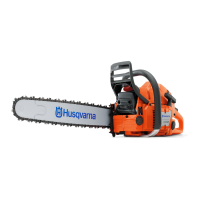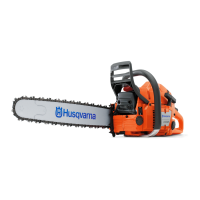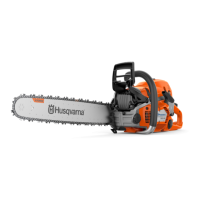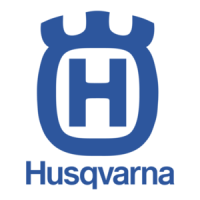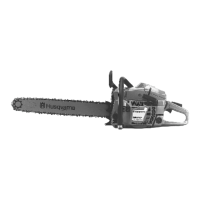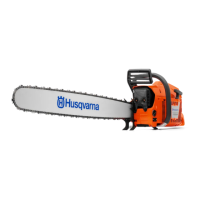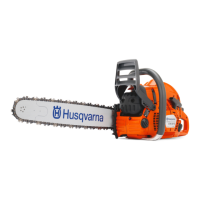Why is my Husqvarna T540 XP Chainsaw having starting difficulties?
- SStephanie PorterAug 19, 2025
If your Husqvarna chainsaw is hard to start, it might be due to several reasons: * A clogged air filter. In this case, you should clean or replace the air filter. * A malfunctioning choke. You should repair or replace the choke. * A clogged fuel filter. You should clean or replace the fuel filter. * A clogged fuel line. You should clean or replace the fuel line. * A stuck piston ring. You should unstick or replace the piston ring. * A blocked impulse channel. You should clear the blocked impulse channel. * A worn choke shaft or valve. You should replace the choke shaft or valve.





